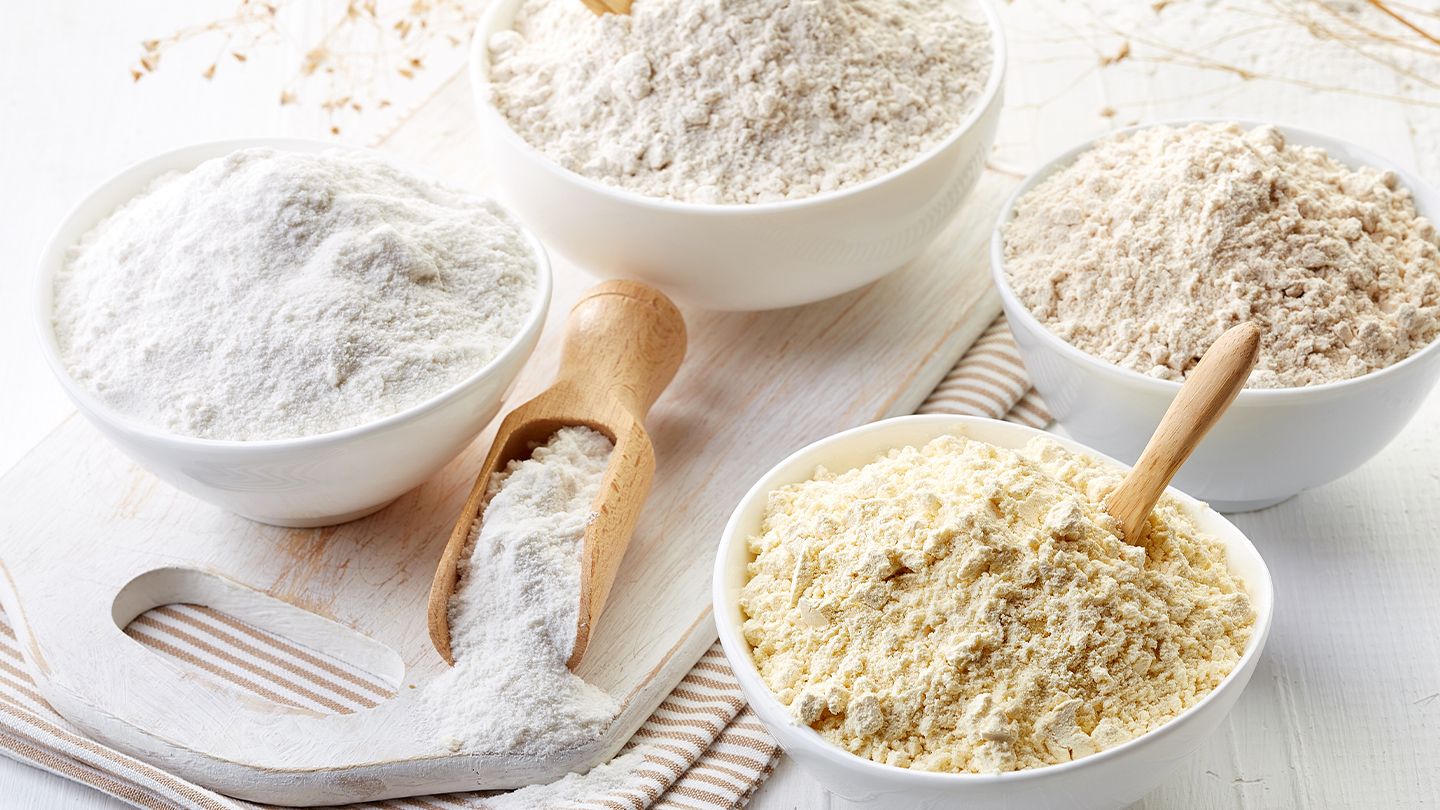
Whole wheat pastry flour is a versatile ingredient often used in baking to provide a lighter texture while retaining the nutrients of whole grains.
However, if you don’t have it on hand or prefer a different flour, plenty of substitutes can achieve similar results in your recipes.
Whether you’re looking for a gluten-free or healthier alternative, these 13 substitutes can easily replace whole wheat pastry flour in your baking.
Substitutes to Replace Whole Wheat Pastry Flour
1. All-Purpose Flour
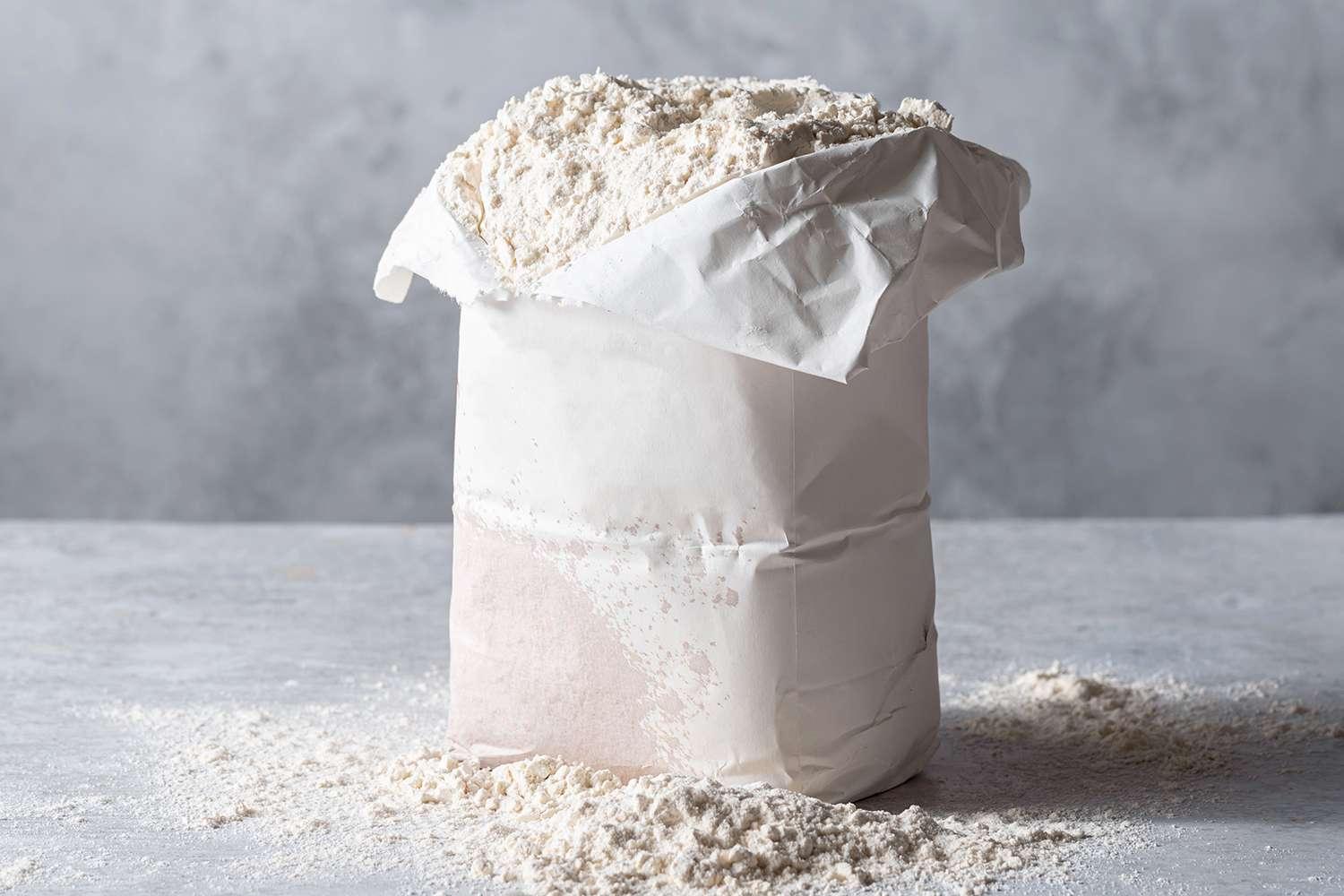
All-purpose flour is one of the most common substitutes for whole wheat pastry flour.
While it doesn’t provide the same nutrients as whole wheat flour, it produces a soft, light texture in baked goods, making it a perfect option for cakes, cookies, and muffins.
- Best Use: Cakes, cookies, muffins.
- Flavor Profile: Mild, neutral flavor.
- Substitution Ratio: Use equal amounts as a direct substitute for whole wheat pastry flour.
2. Whole Wheat Flour
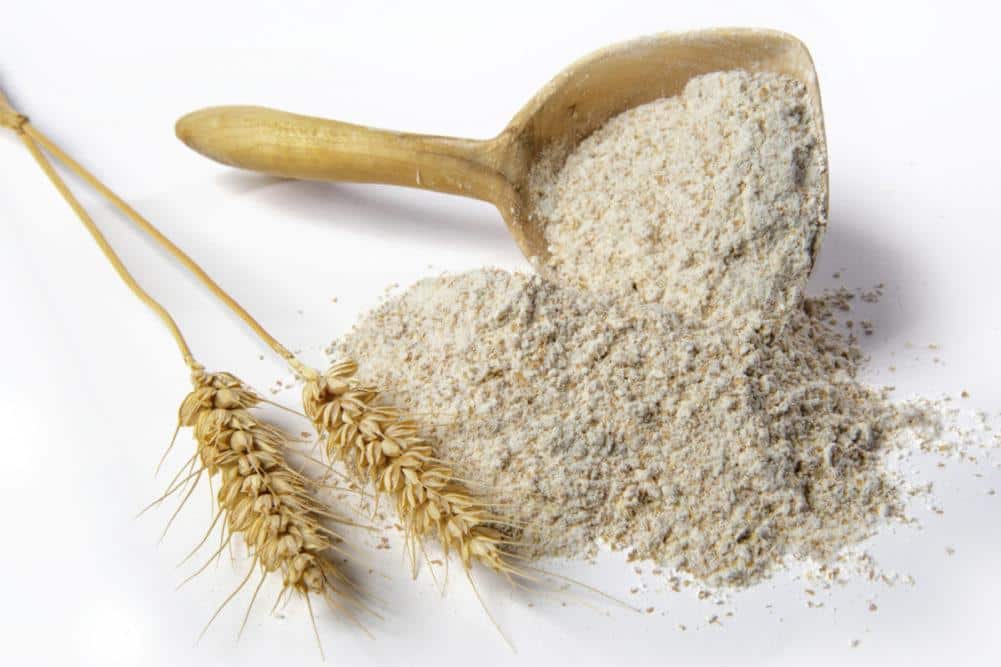
Regular whole wheat flour is a great substitute if you want to retain the benefits of whole grains while maintaining a similar texture.
It’s a bit denser than whole wheat pastry flour, so you may need to combine it with all-purpose flour for a lighter result in delicate baked goods.
- Best Use: Breads, muffins, pancakes.
- Flavor Profile: Nutty and slightly earthy.
- Substitution Ratio: Use equal amounts, but combine with all-purpose flour for lighter textures.
3. Spelt Flour
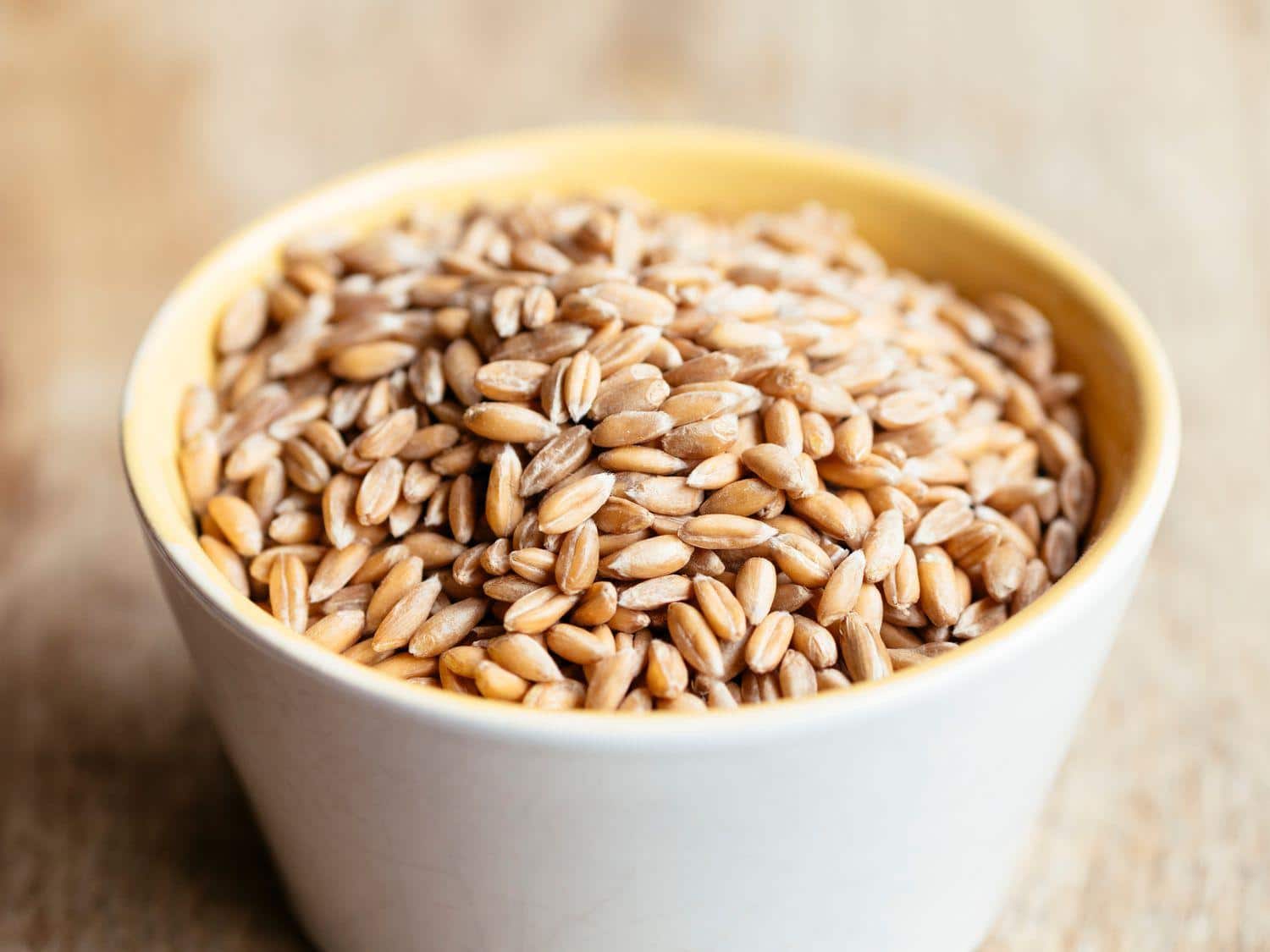
Spelt flour is an ancient grain that is a great alternative to whole wheat pastry flour.
It’s slightly sweeter and milder in flavor than regular wheat, and it offers a similar texture for baked goods like cookies, breads, and cakes.
Plus, spelt flour is more easily digestible for some people.
- Best Use: Bread, cookies, cakes.
- Flavor Profile: Slightly sweet and nutty.
- Substitution Ratio: Use equal amounts as a substitute for whole wheat pastry flour.
4. Oat Flour
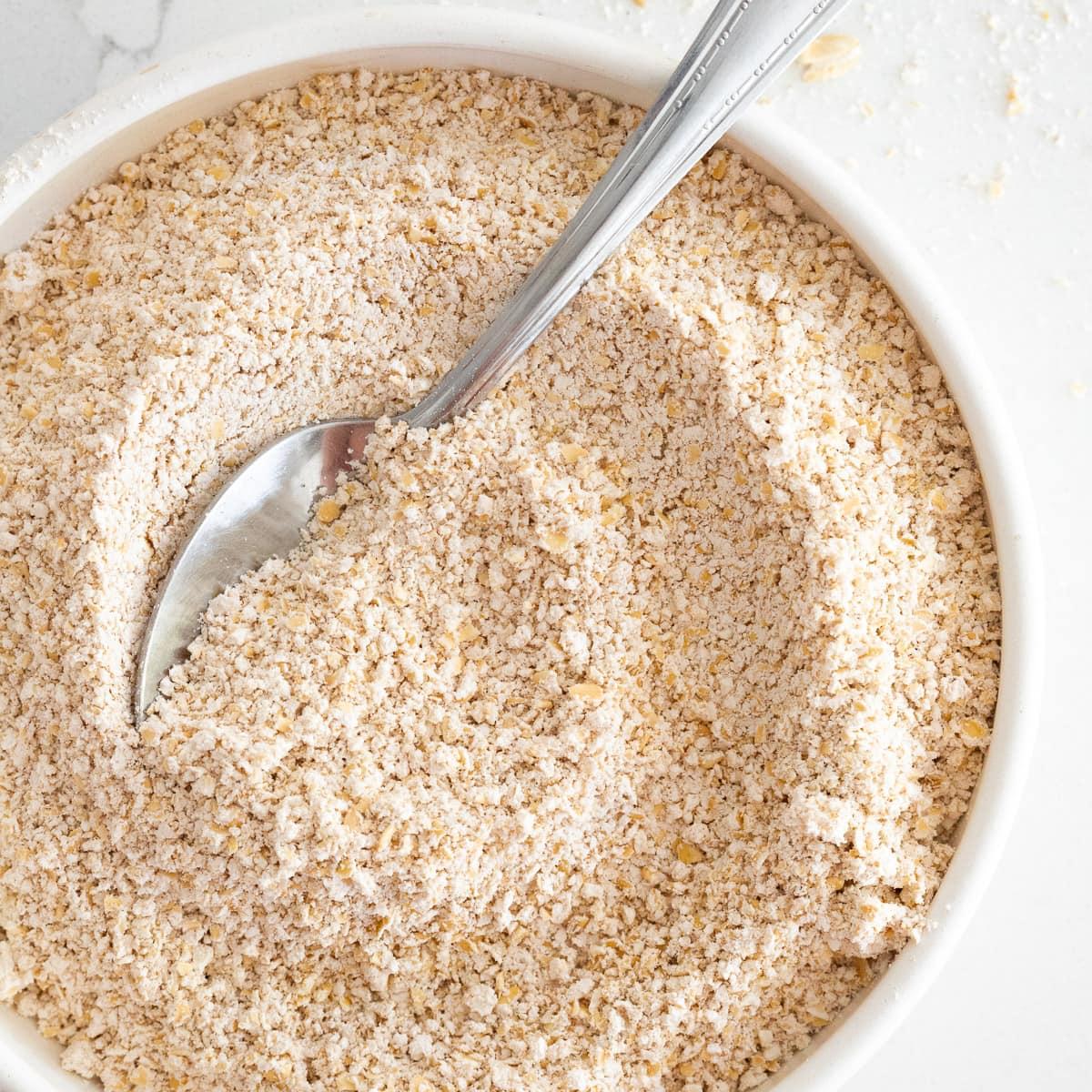
Oat flour is a gluten-free option that adds a mildly sweet and nutty flavor to baked goods.
While it doesn’t have the same elasticity as whole wheat pastry flour, it works well in cookies, pancakes, and muffins.
You can easily make oat flour home by grinding oats into a fine powder.
- Best Use: Muffins, pancakes, cookies.
- Flavor Profile: Mildly sweet and nutty.
- Substitution Ratio: Use 1 1/3 cups of oat flour for every 1 cup of whole wheat pastry flour.
5. Almond Flour
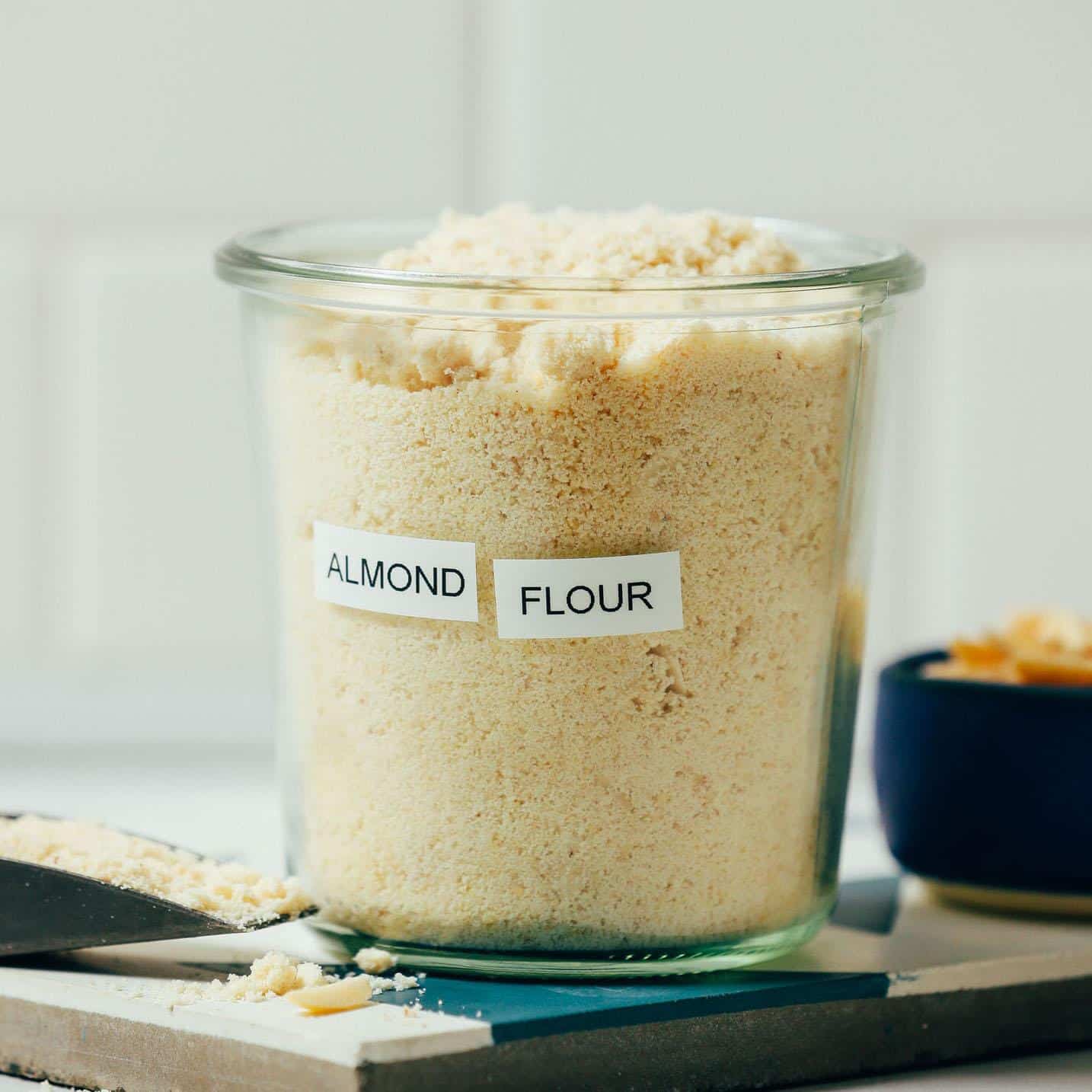
Almond flour is a popular gluten-free substitute that brings baked goods a rich, nutty flavor.
It’s higher in fat, making your recipes more moist, but it may require additional binding agents like eggs or xanthan gum to hold the texture.
Almond flour works well in cakes, cookies, and quick breads.
- Best Use: Cakes, cookies, quick breads.
- Flavor Profile: Rich and nutty.
- Substitution Ratio: Use 1 cup of almond flour for every 1 cup of whole wheat pastry flour, but add extra binding agents for structure.
6. Coconut Flour
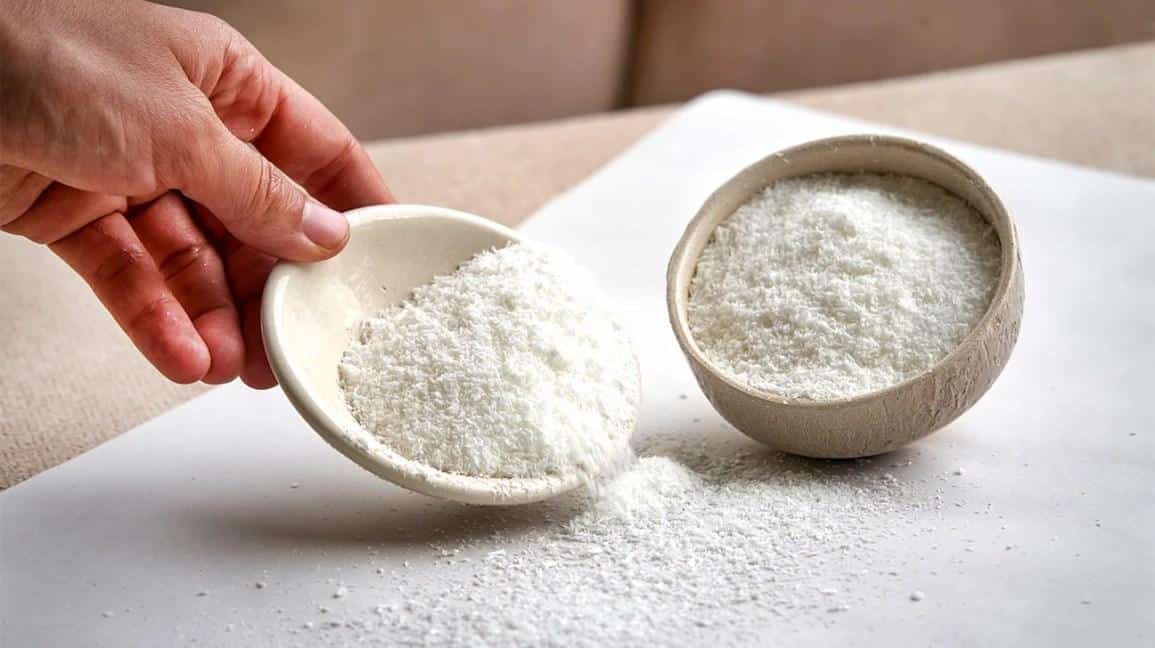
Coconut flour is a gluten-free and grain-free alternative that adds a unique sweetness and a hint of coconut flavor to baked goods.
It absorbs much moisture, so you must use less and add extra liquids to your recipes.
Coconut flour is best used in small quantities, especially in muffins or cakes.
- Best Use: Muffins, cakes, pancakes.
- Flavor Profile: Slightly sweet with a mild coconut flavor.
- Substitution Ratio: Use 1/4 to 1/3 cup of coconut flour for every 1 cup of whole wheat pastry flour, and increase the liquids in the recipe.
7. Buckwheat Flour
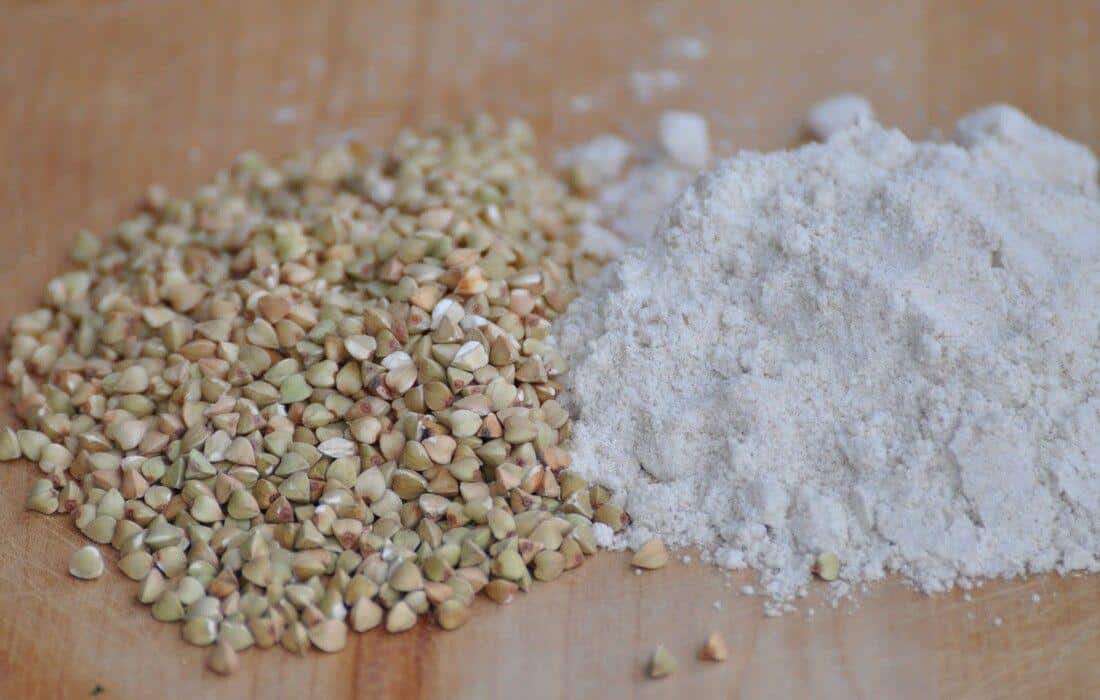
Despite its name, buckwheat is not a type of wheat and is naturally gluten-free.
Buckwheat flour has a strong, earthy flavor and is commonly used in pancakes, crepes, and bread.
It offers a more dense texture than whole wheat pastry flour but works well with other flour to balance its heaviness.
- Best Use: Pancakes, crepes, breads.
- Flavor Profile: Earthy, slightly bitter.
- Substitution Ratio: Use equal amounts, but mix it with lighter flours for better texture.
8. Quinoa Flour
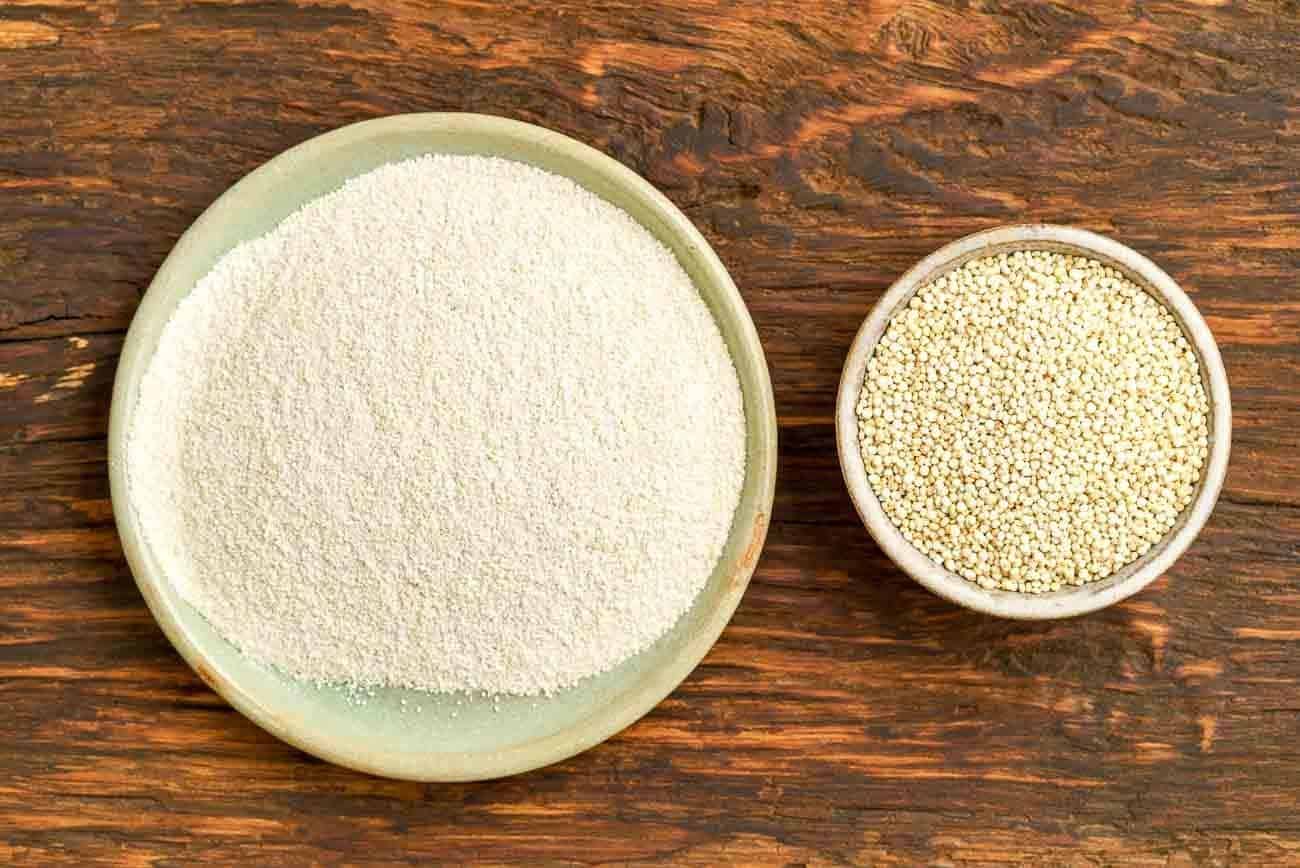
Quinoa flour is a nutritious gluten-free option with a slightly bitter taste, which works well in savory recipes.
It’s packed with protein and fiber, making it a great choice for healthy baking.
Quinoa flour can be used to bake cookies, muffins, or even bread, but it’s often best when combined with other flours to soften its strong flavor.
- Best Use: Cookies, muffins, breads.
- Flavor Profile: Slightly bitter and nutty.
- Substitution Ratio: Use in equal amounts, but blend with other flours for a milder flavor and lighter texture.
9. Rice Flour
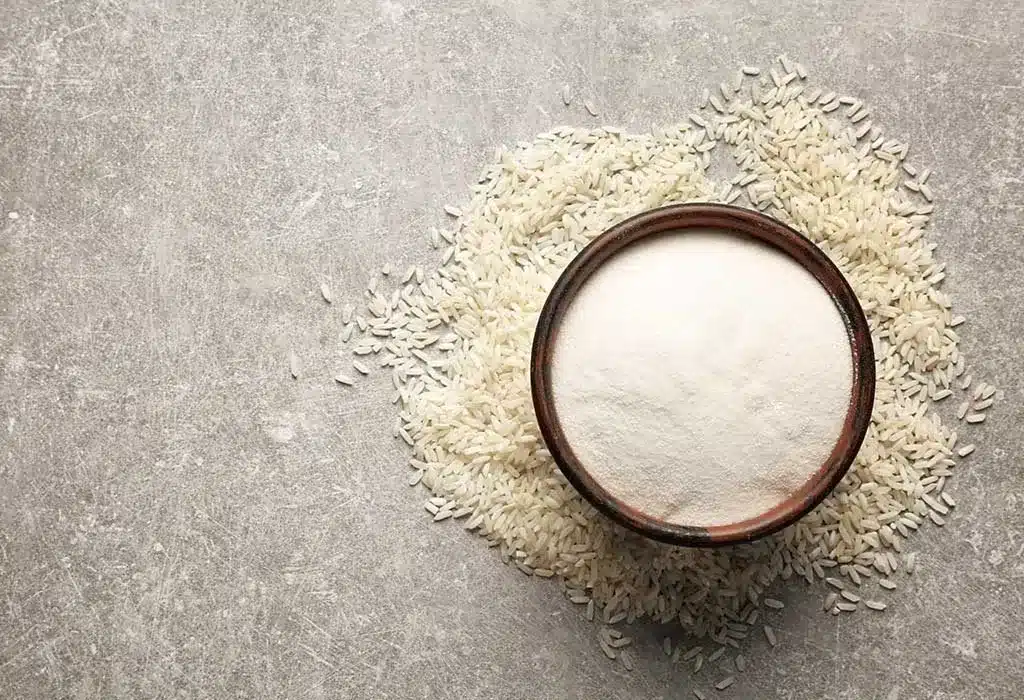
Rice flour is a light, gluten-free alternative with a mild flavor and fine texture.
It works best in recipes that don’t require a lot of rising, such as cookies, pancakes, and flatbreads.
Since rice flour doesn’t absorb as much moisture, you may need to adjust the liquid content in your recipe.
- Best Use: Cookies, pancakes, flatbreads.
- Flavor Profile: Mild and neutral.
- Substitution Ratio: Use in equal amounts, but adjust liquids as needed to balance the dryness of rice flour.
10. Chickpea Flour
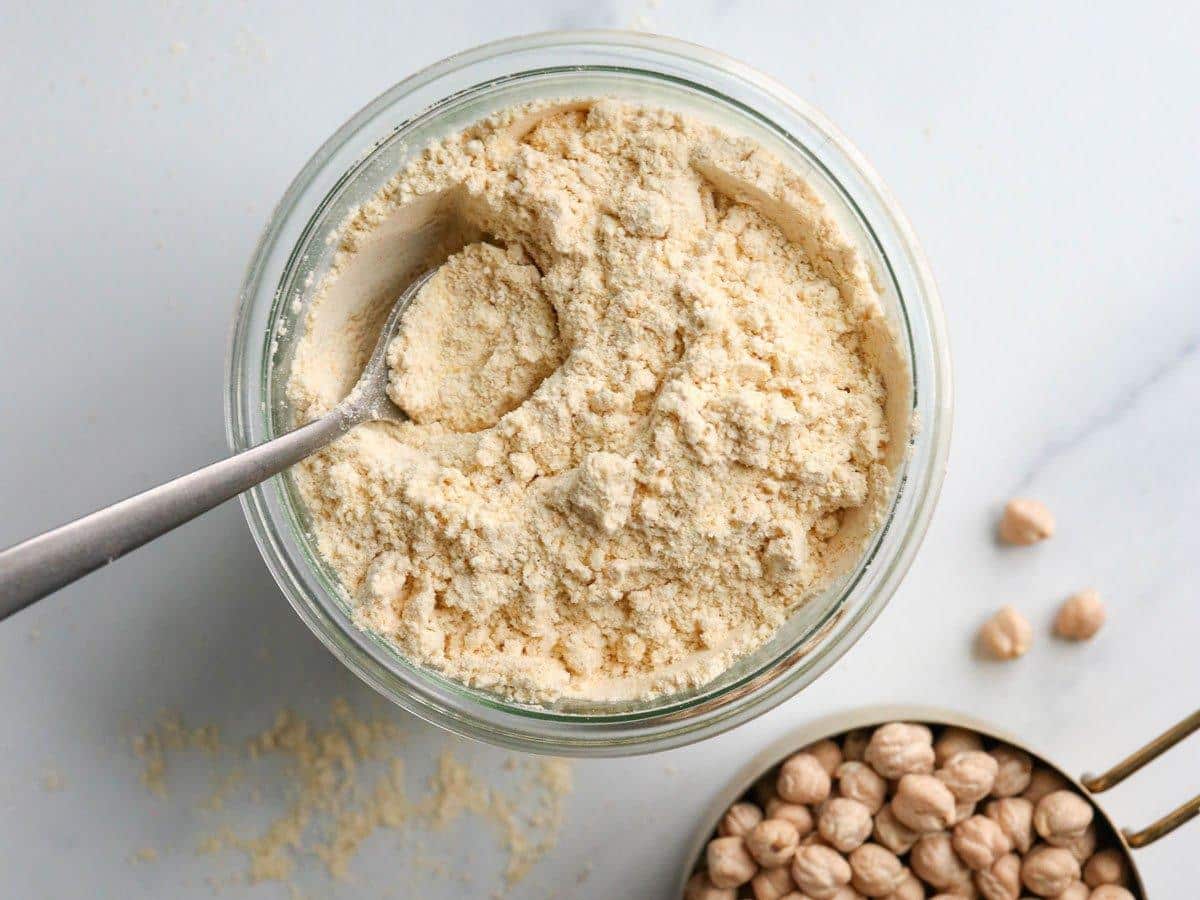
Chickpea flour, also known as garbanzo bean flour, is a gluten-free flour with a dense, nutty flavor.
It’s high in protein and works best in savory baked goods like bread, crackers, or flatbreads.
Because chickpea flour can be a bit heavy, it’s often mixed with other flours for a more balanced texture.
- Best Use: Flatbreads, crackers, savory dishes.
- Flavor Profile: Nutty and slightly earthy.
- Substitution Ratio: Use equal amounts but combine it with other flours for a lighter texture.
11. Barley Flour
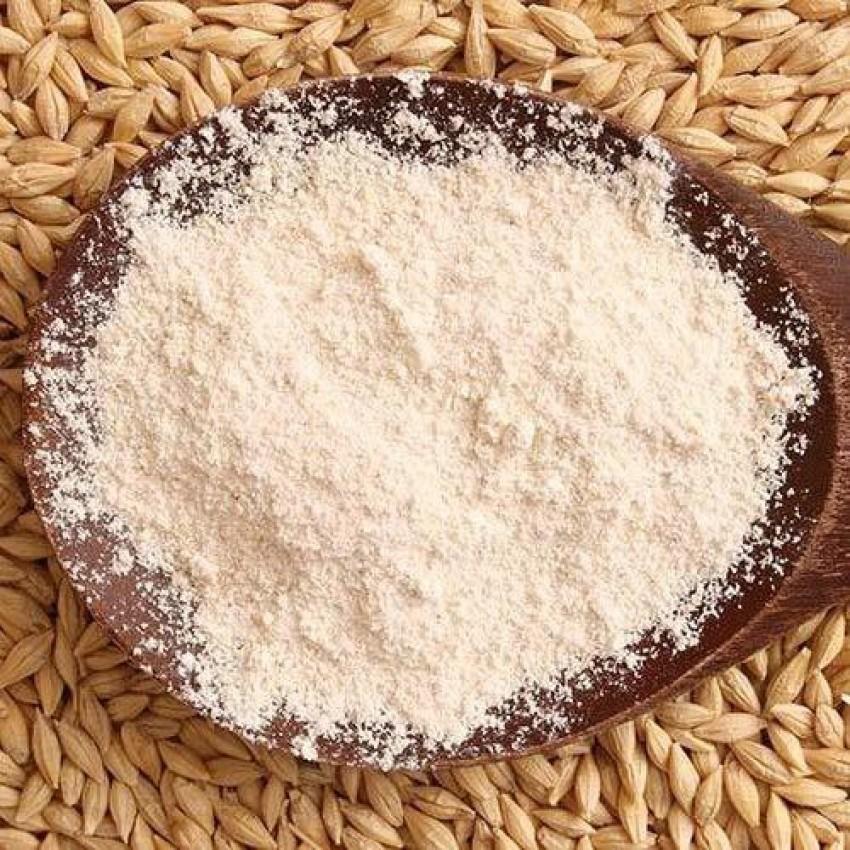
Barley flour is a whole grain flour with a mild, nutty flavor and a light texture, making it a good substitute for whole wheat pastry flour.
While it contains gluten, it’s lower in gluten than wheat flour, so it may not rise as much in baked goods.
Barley flour works well in bread, muffins, and pancakes.
- Best Use: Muffins, pancakes, breads.
- Flavor Profile: Mild and slightly nutty.
- Substitution Ratio: Use equal amounts as a substitute for whole wheat pastry flour, but consider mixing it with other flour for better texture.
12. Millet Flour
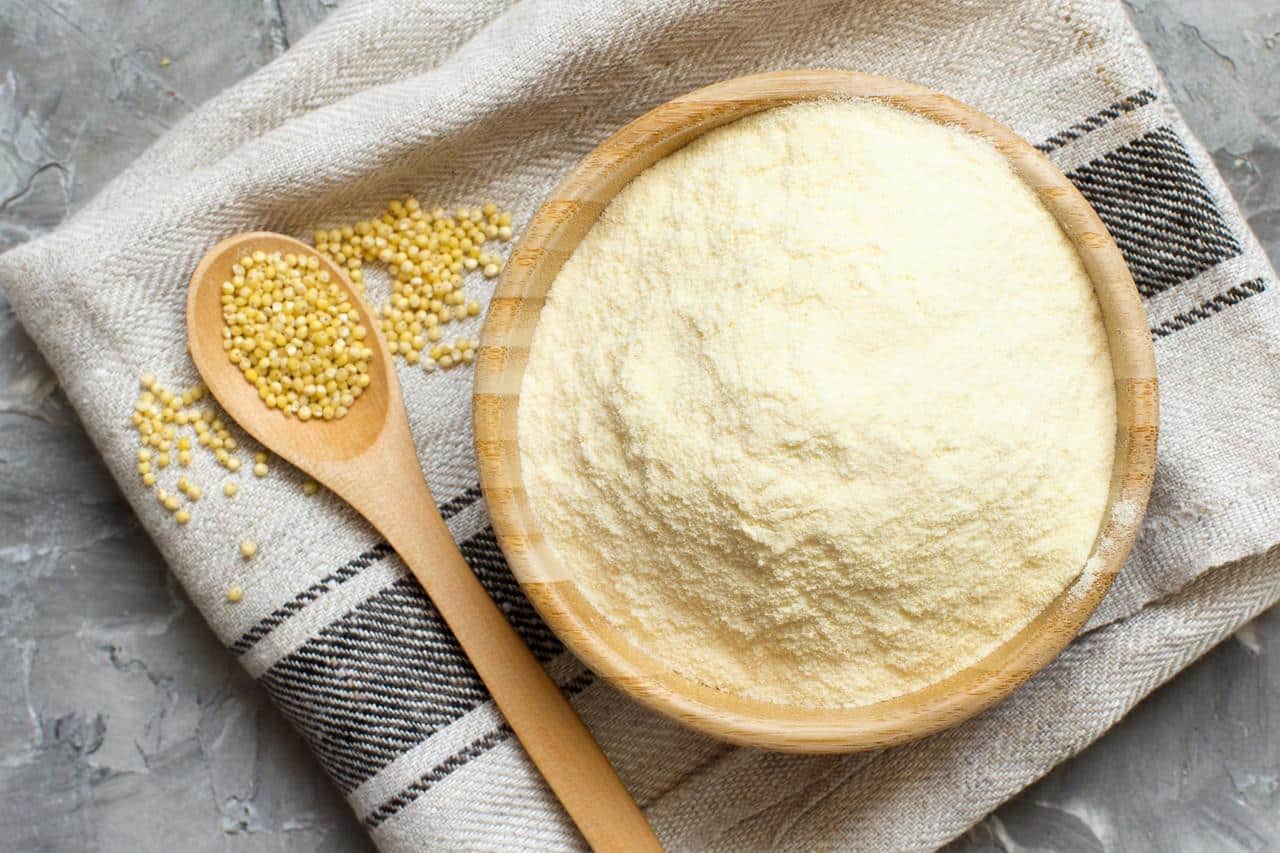
Millet flour is a gluten-free flour with a mild, slightly sweet flavor.
Its light texture makes it a great option for muffins, cookies, and pancakes.
However, millet flour tends to be a bit crumbly, so it’s often combined with other flours to improve structure and texture.
- Best Use: Muffins, cookies, pancakes.
- Flavor Profile: Mild and slightly sweet.
- Substitution Ratio: Use in equal amounts, but combine with a binding agent or other flour for better texture.
13. Sorghum Flour
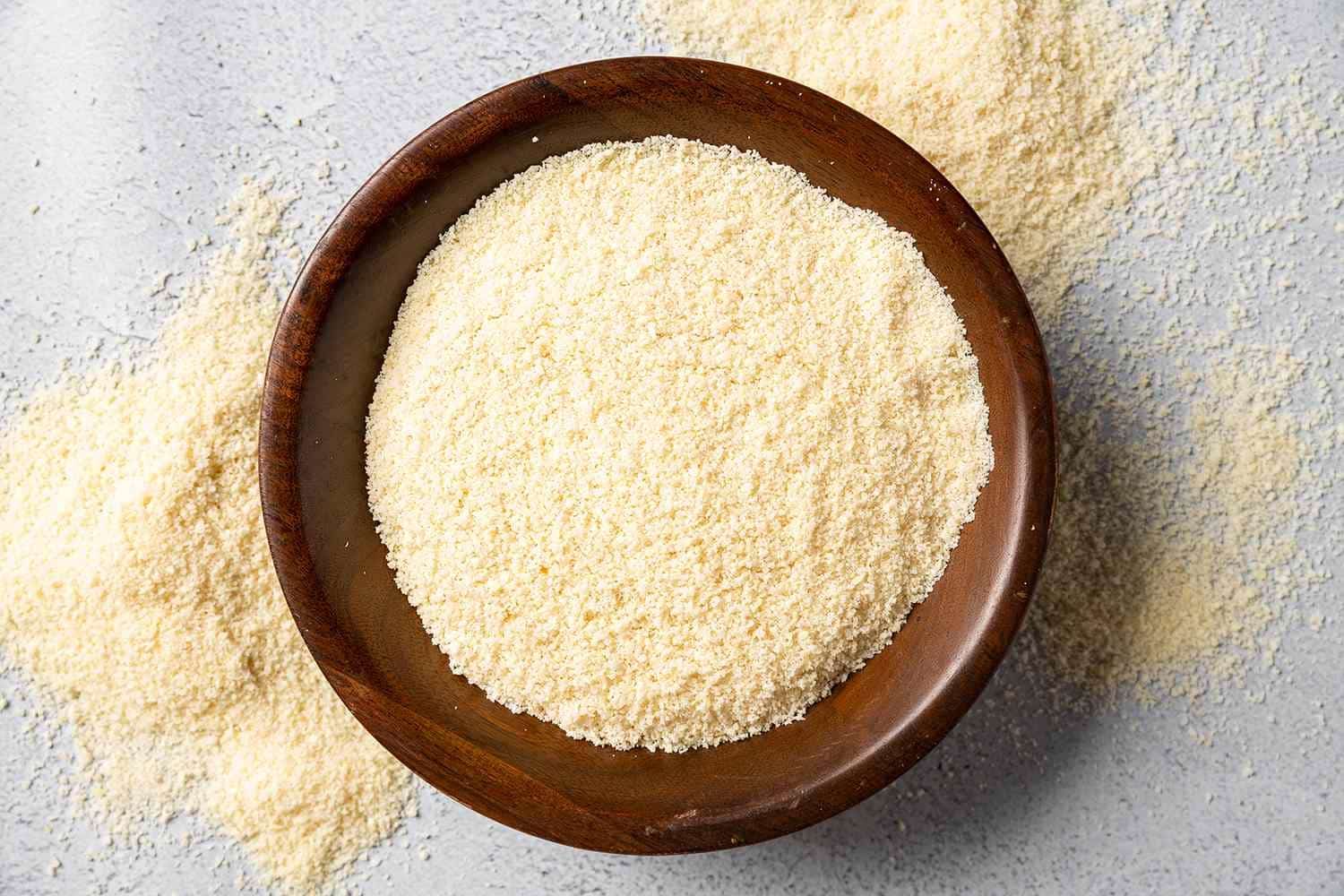
Sorghum flour is another gluten-free option with a mild, sweet flavor, often used with other flour for baking.
It’s packed with fiber and nutrients, making it a healthy alternative to whole wheat pastry flour.
Sorghum flour works well in cakes, cookies, and muffins, adding a light texture and subtle sweetness.
- Best Use: Cakes, cookies, muffins.
- Flavor Profile: Mild and slightly sweet.
- Substitution Ratio: Use in equal amounts, but combine with other flours for better structure.
Conclusion
Whether you’re looking for a gluten-free option or a different whole-grain substitute, these 13 alternatives offer versatility and flavor in your baking.
From the light texture of oat flour to the protein-packed goodness of quinoa flour, each substitute can replace whole wheat pastry flour, ensuring your baked goods are just as delicious and nutritious.
Experiment with these flours to find the perfect match for your recipes.

